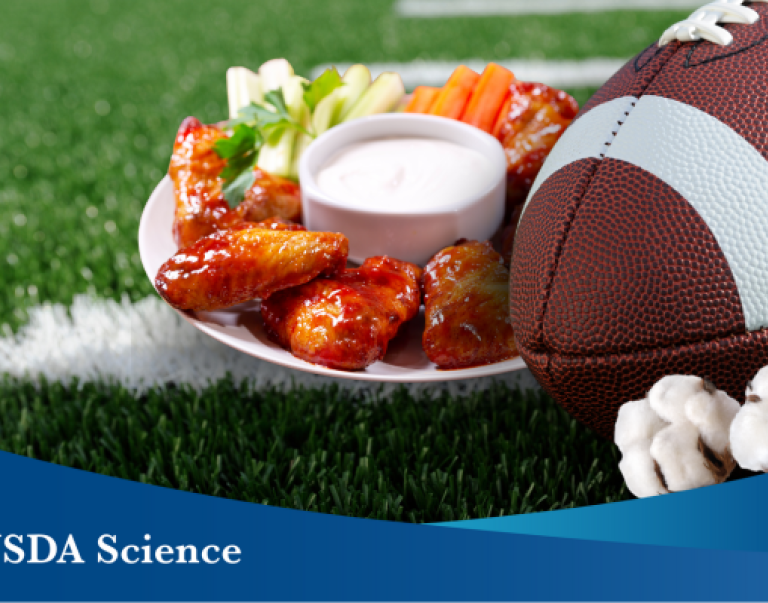
Main dishes may dominate most holiday tables, but the space on your plate will probably be filled with more sides than whatever holiday meat is served. Proper food handling and cooking will make sure these items come out just as safe and delicious as your main meat.
Making a safe side dish can be even harder than making a main dish safely because side dishes usually contain many ingredients. The more ingredients in the dish the greater the opportunity there is for cross-contamination. By keeping your side dish components separate, you can avoid cross-contamination.
Below is a list of holiday side dishes that offer unique food safety challenges.
Casseroles
Kugel, a traditional Jewish dish, and many other types of casseroles served during winter holidays, contain eggs. As with all dishes containing egg, Salmonella bacteria are a concern. You cannot tell if an egg contains Salmonella. In fact, the bacterium has been found inside even a clean, unbroken egg.
The only way to make sure these dishes are safe to eat is by fully cooking the eggs they contain. You know the dish is fully cooked when a thermometer inserted into the center of the mixture reaches 160 °F.
Cook casseroles completely at one time – do not partially cook them and then finish cooking later. Harmful bacteria will grow between the time you start and finish cooking, even if you refrigerate the food in between. Those bacteria may produce toxins that can make you sick.
Meaty Sides
Lots of holiday side dishes include meat. Whether you’re serving Brussels sprouts and bacon, stuffing with sausage, or another meaty accompaniment, make side dishes containing meat with extra care. The following tips will help ensure your meaty sides are food safe:
- Cook raw meat, poultry, or shellfish ingredients to safe temperatures before adding to the rest of the side’s ingredients. This reduces the risk of food poisoning from the bacteria that may be found in the raw ingredients.
- Stuffing is safe to eat when the center reaches 165 °F. This is particularly important for stuffing inside a roast or containing meat.
- Resist the temptation to taste your side dish before it is fully cooked. Eating undercooked meat, poultry, and egg products can place you at increased risk for food poisoning.
- Cook your meaty side dishes after you prepare your sides that will not be cooked. This prevents cross-contamination.
Ready-to-Eat Sides
If you are in a rush this holiday and plan to pick up a meat or cheese tray to bring to a party, make sure the tray is refrigerated in the store. You should also keep the tray cold until serving because these cut items provide bacteria a wonderful environment to replicate in. Be careful to keep it separated from raw meat and poultry.
If you want to serve precooked appetizers such as mini quiche make sure you have your food thermometer nearby. Check the internal temperatures of a sampling of these items to confirm they’ve reached a safe internal temperature before serving.



